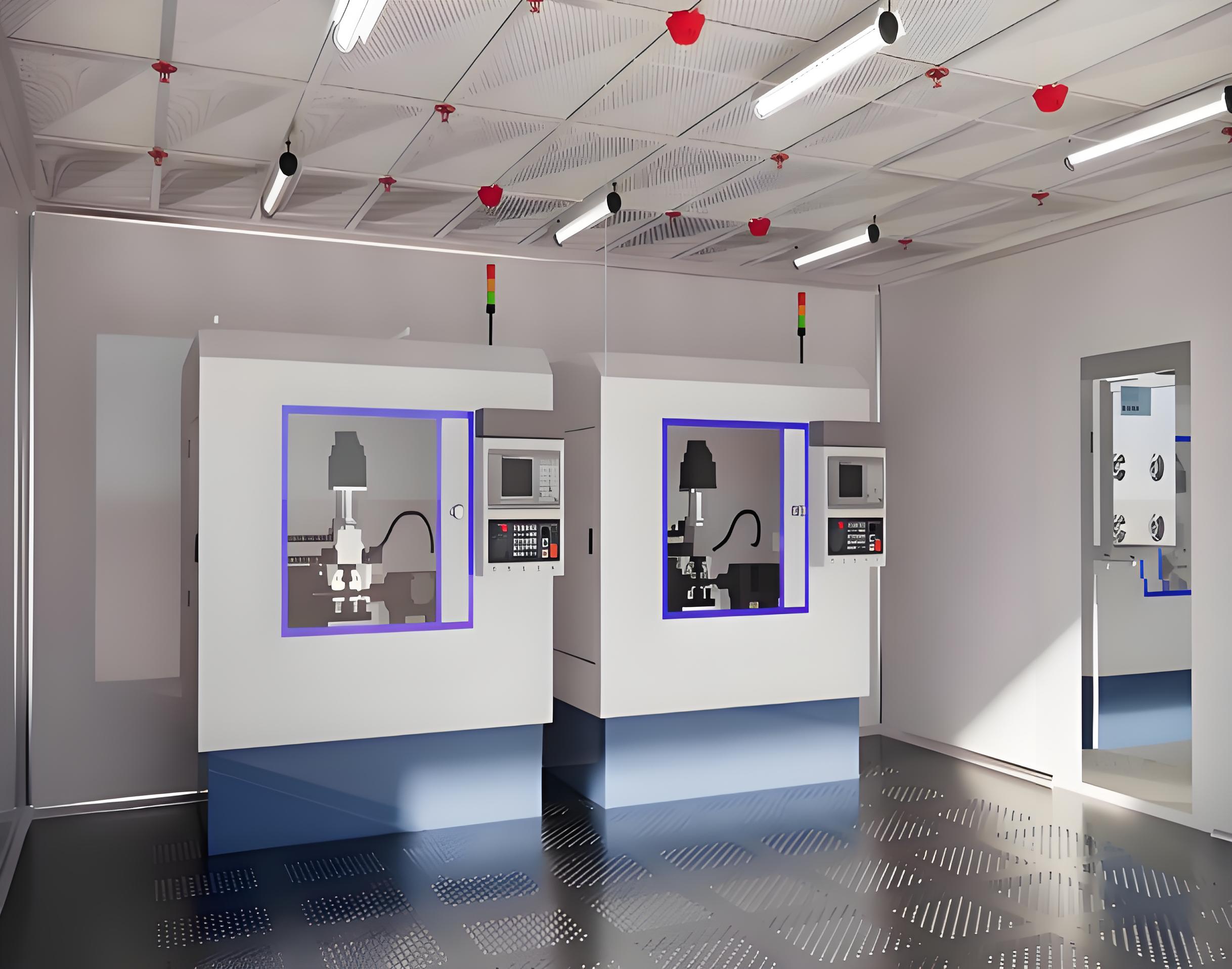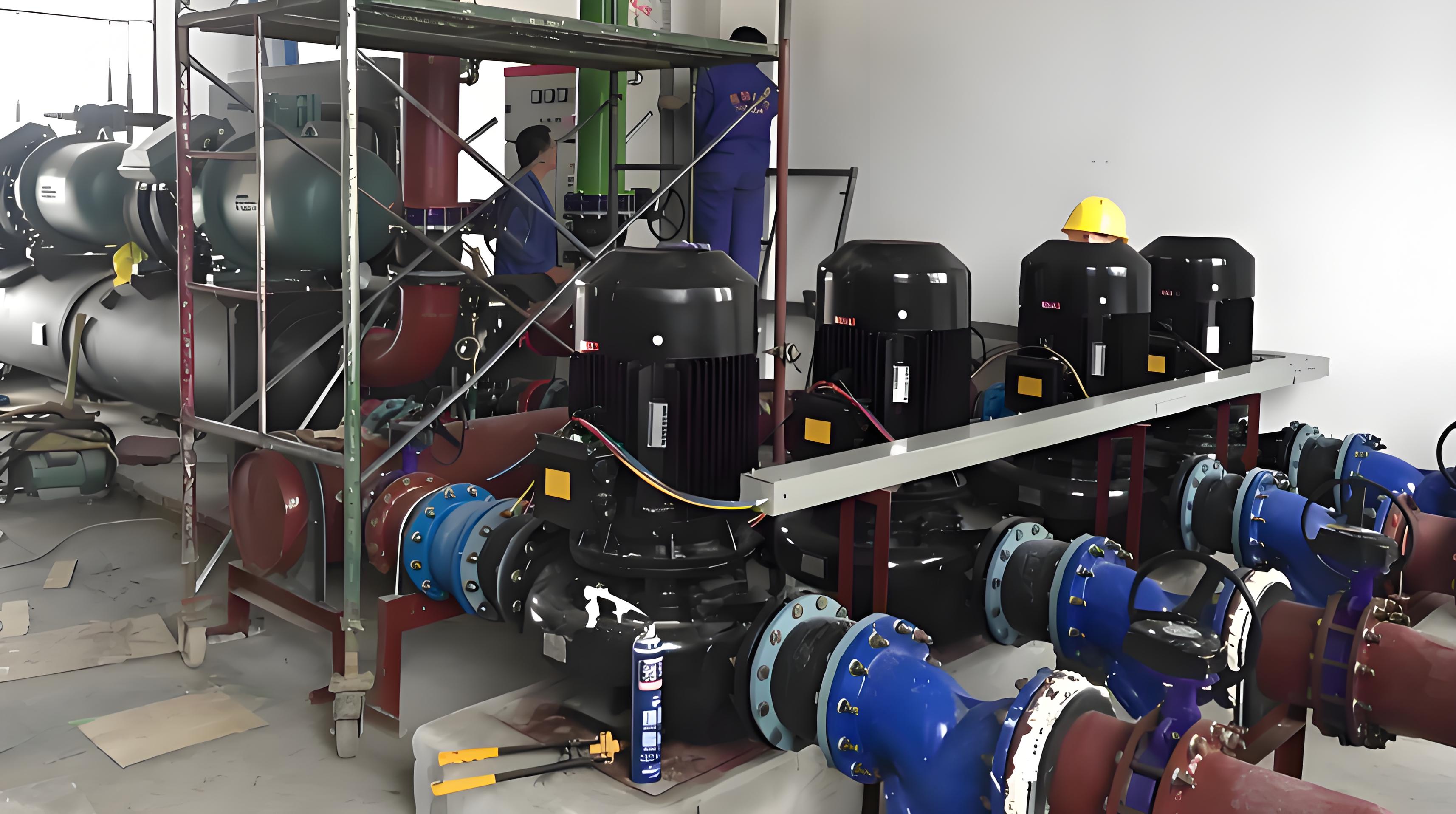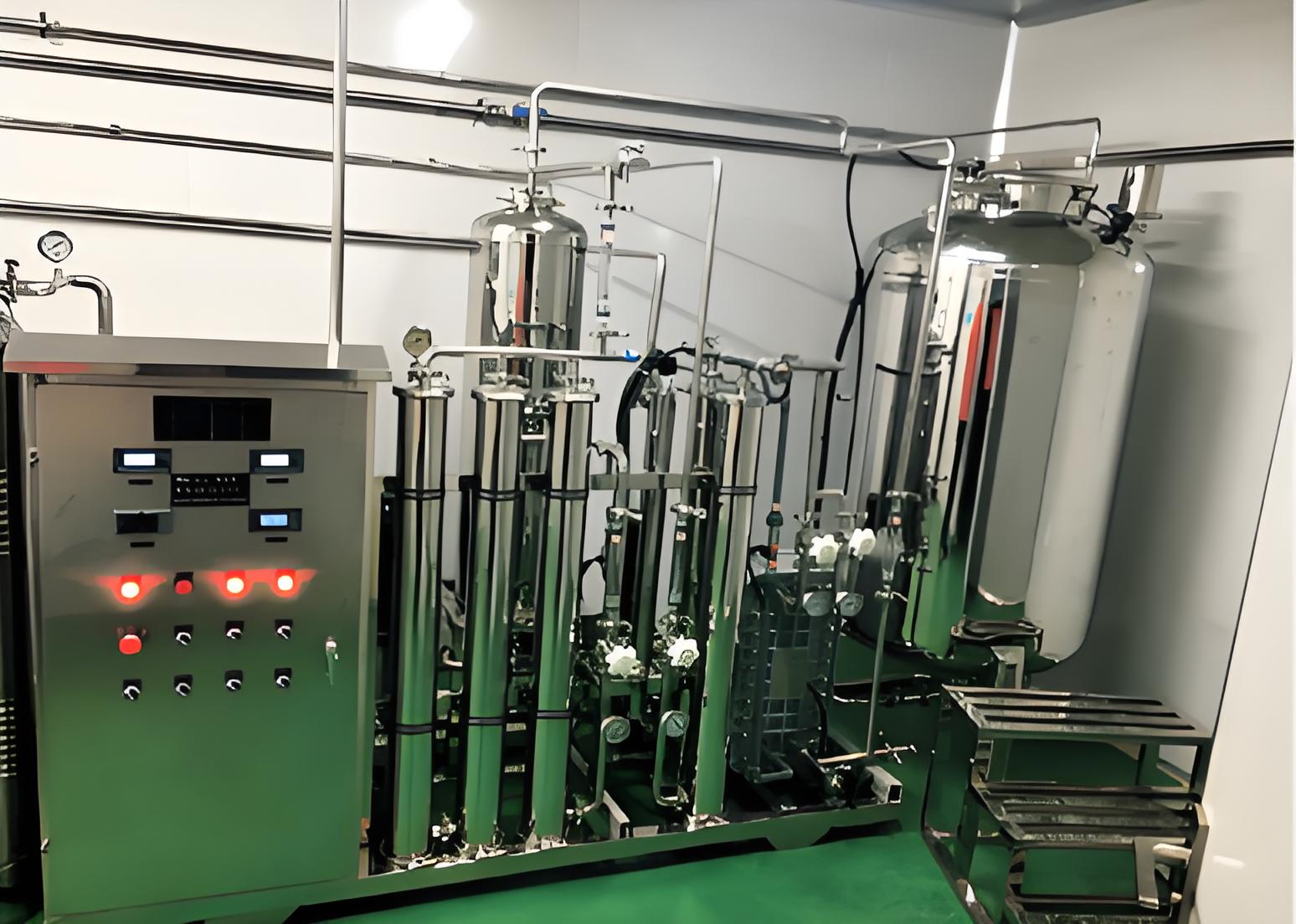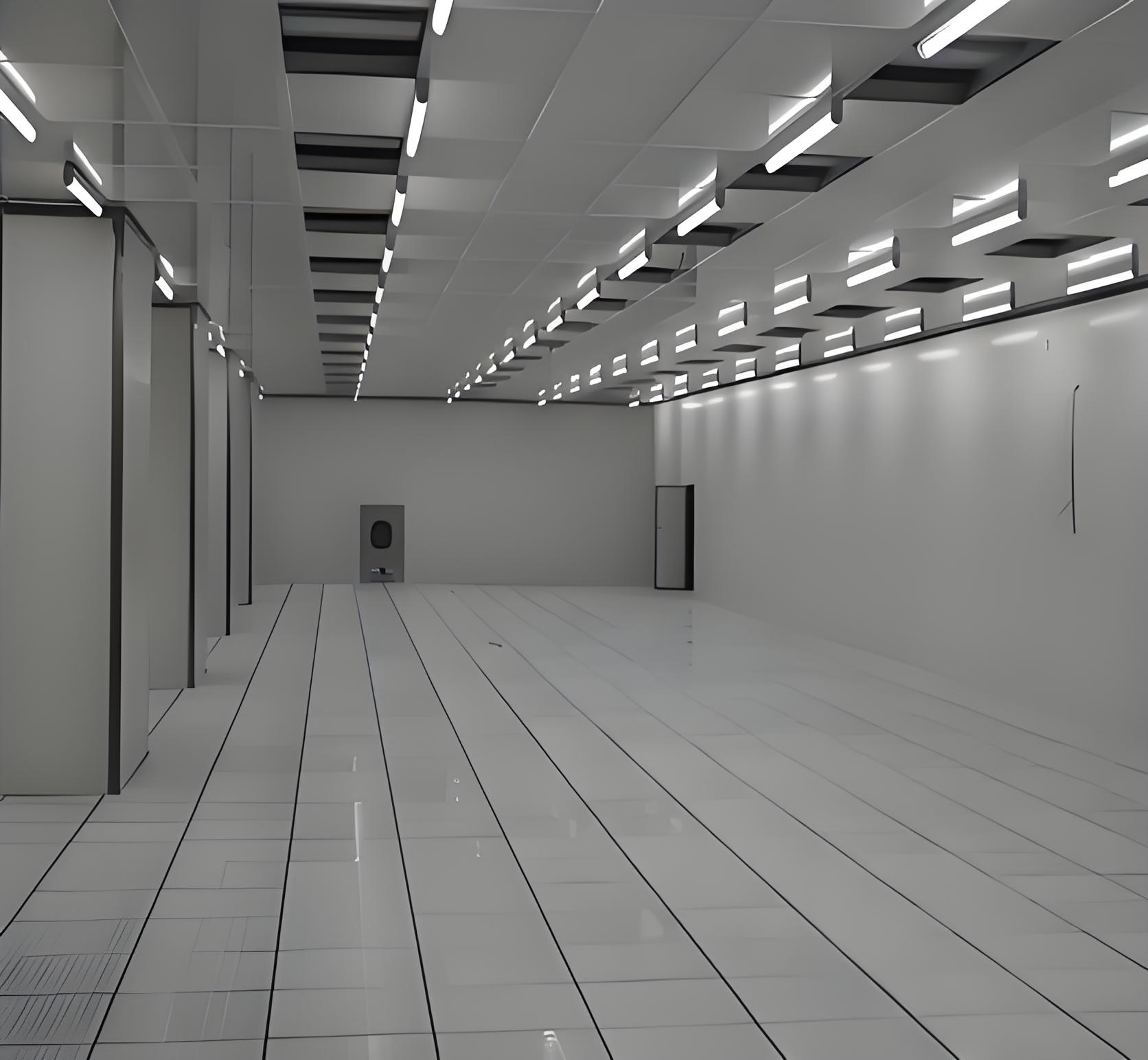




Clean room air conditioning design is a specialized field that ensures controlled environments for industries such as pharmaceuticals, biotechnology, electronics, and healthcare. These environments require precise temperature, humidity, and particulate control to maintain product integrity and safety. A well-executed clean room air conditioning design not only complies with regulatory standards but also enhances operational efficiency. In this article, we will delve into the essential elements of clean room air conditioning design, explore the integration of cleanroom engineering ventilation system design, discuss the benefits of turnkey cleanroom HVAC solutions, and highlight the role of cleanroom HVAC design consultants. By understanding these aspects, you can make informed decisions for your facility, ensuring reliability and compliance.

Clean room air conditioning design focuses on creating and maintaining a controlled environment with specific air quality parameters. This involves regulating temperature, humidity, airflow patterns, and filtration levels to minimize contaminants. For instance, in pharmaceutical manufacturing, even minor deviations can compromise product sterility. Thus, a robust clean room air conditioning design must account for factors like air changes per hour (ACH), pressure differentials, and energy efficiency. By prioritizing these elements, businesses can achieve consistent performance and reduce the risk of contamination. Moreover, advancements in technology have made it possible to integrate smart controls for real-time monitoring, further refining the clean room air conditioning design process.
A key aspect of clean room air conditioning design is the integration of cleanroom engineering ventilation system design. This component ensures proper air distribution, filtration, and exhaust to maintain cleanliness levels. For example, in a ISO Class 5 cleanroom, the ventilation system must provide unidirectional airflow to sweep particles away from critical areas. Cleanroom engineering ventilation system design also involves selecting appropriate filters, such as HEPA or ULPA, and designing ductwork to minimize resistance and energy consumption. By aligning the cleanroom engineering ventilation system design with overall HVAC strategies, facilities can achieve optimal air quality while reducing operational costs. This synergy is crucial for industries where precision is paramount, such as semiconductor manufacturing or biomedical research.
Turnkey cleanroom HVAC solutions offer a comprehensive approach to designing, installing, and maintaining clean room environments. These solutions streamline the process by providing end-to-end services, from initial assessment to post-installation support. For businesses, this means faster project completion, reduced complexity, and ensured compliance with standards like ISO 14644. A turnkey cleanroom HVAC solution typically includes components like air handling units, control systems, and validation services, all tailored to the specific clean room air conditioning design. By opting for turnkey cleanroom HVAC solutions, companies can mitigate risks, save time, and focus on core operations, knowing that their HVAC needs are handled by experts.
Engaging cleanroom HVAC design consultants is essential for achieving a successful clean room air conditioning design. These professionals bring expertise in regulatory requirements, technical specifications, and industry best practices. For instance, cleanroom HVAC design consultants can conduct feasibility studies, perform computational fluid dynamics (CFD) analysis, and recommend energy-efficient solutions. Their involvement ensures that the cleanroom engineering ventilation system design is optimized for performance and compliance. Additionally, cleanroom HVAC design consultants can help navigate challenges such as space constraints or budget limitations, providing customized recommendations that align with long-term goals. By leveraging their knowledge, businesses can avoid costly mistakes and enhance the reliability of their clean room environments.

When planning a clean room air conditioning design, several factors must be considered to ensure effectiveness. First, assess the cleanliness classification required—for example, ISO Class 7 for medical device manufacturing—as this dictates airflow rates and filtration needs. Second, evaluate energy efficiency by incorporating variable frequency drives (VFDs) or heat recovery systems. Third, consider scalability to accommodate future expansions. Integrating these elements with cleanroom engineering ventilation system design helps maintain consistency. Moreover, turnkey cleanroom HVAC solutions can address these considerations holistically, while cleanroom HVAC design consultants provide the necessary oversight. Regular audits and updates are also vital to adapt to evolving standards.
Implementation of a clean room air conditioning design involves multiple stages, including design, installation, testing, and validation. Start with a detailed plan that incorporates cleanroom engineering ventilation system design principles, such as proper zoning and pressure control. During installation, ensure that components like air handlers and ductwork are sealed to prevent leaks. Testing should include particle counts and airflow visualization to verify performance. Turnkey cleanroom HVAC solutions often include these steps, offering a seamless process. Furthermore, cleanroom HVAC design consultants can oversee implementation, ensuring adherence to specifications. By following a structured approach, facilities can achieve reliable and compliant clean room environments.
Future Trends in Clean Room Air Conditioning Design
The future of clean room air conditioning design is shaped by innovations in sustainability and digitalization. For example, the use of IoT sensors for real-time monitoring and AI-driven predictive maintenance is becoming more common. These advancements enhance the integration of cleanroom engineering ventilation system design by enabling proactive adjustments. Additionally, there is a growing emphasis on green technologies, such as energy-efficient filters and renewable energy sources, in turnkey cleanroom HVAC solutions. Cleanroom HVAC design consultants are increasingly focusing on these trends to provide forward-thinking recommendations. As industries evolve, clean room air conditioning design will continue to adapt, offering smarter and more sustainable solutions.
In summary, clean room air conditioning design is a critical element for maintaining controlled environments in various industries. By incorporating cleanroom engineering ventilation system design, opting for turnkey cleanroom HVAC solutions, and engaging cleanroom HVAC design consultants, businesses can achieve optimal performance and compliance. This holistic approach ensures that all aspects—from airflow control to energy efficiency—are addressed effectively. As technology advances, staying informed about trends will further enhance clean room operations. Remember, a well-planned clean room air conditioning design not only safeguards product quality but also supports long-term success.
Q1: What is the primary goal of clean room air conditioning design?
A1: The primary goal of clean room air conditioning design is to maintain a controlled environment with specific temperature, humidity, and particulate levels to prevent contamination and ensure product quality in industries like pharmaceuticals and electronics.
Q2: How does cleanroom engineering ventilation system design contribute to overall HVAC performance?
A2: Cleanroom engineering ventilation system design ensures proper air distribution, filtration, and exhaust, which are essential for achieving desired cleanliness levels. It optimizes airflow patterns and reduces energy consumption, enhancing the overall efficiency of the HVAC system.
Q3: What are the advantages of using turnkey cleanroom HVAC solutions?
A3: Turnkey cleanroom HVAC solutions offer a comprehensive, end-to-end approach that includes design, installation, and maintenance. This reduces project complexity, ensures compliance with standards, saves time, and provides expert support throughout the process.
Q4: Why should I hire cleanroom HVAC design consultants for my project?
A4: Cleanroom HVAC design consultants bring specialized knowledge in regulatory requirements, technical design, and industry best practices. They help optimize system performance, avoid costly errors, and provide tailored solutions that meet specific clean room needs.
Q5: How can I ensure my clean room air conditioning design remains energy-efficient?
A5: To ensure energy efficiency, incorporate features like variable frequency drives (VFDs), high-efficiency filters, and heat recovery systems. Regular maintenance and audits, along with guidance from cleanroom HVAC design consultants, can also help optimize energy use in turnkey cleanroom HVAC solutions.
Q6: What common challenges arise in clean room air conditioning design, and how can they be addressed?
A6: Common challenges include maintaining pressure differentials, managing humidity levels, and ensuring scalability. These can be addressed through careful planning, using advanced modeling tools like CFD, and engaging experts in cleanroom engineering ventilation system design to provide innovative solutions.